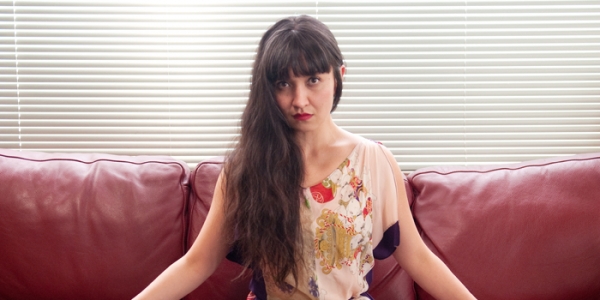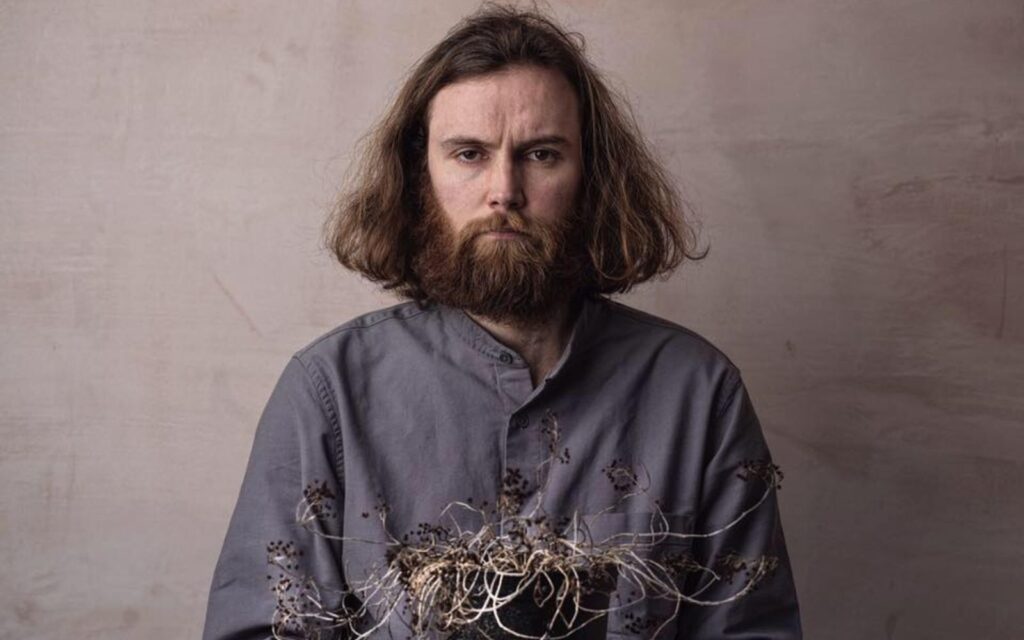But it’s the United States that leads the way in institutionalising both addiction, and the multitude of recovery and rehabilitation programs. Undertake an activity above the statistical average, and you’re an addict; look on the Internet and there’s a five, seven or twelve step program to help you face up to your psychological failings, reconcile yourself to your inherent limitations and confront the people and institutions in your life who’ve contributed to your current situation. If you’re famous, or superficially lucky, you can open your heart to the world via a television program, and a global audience eager to feast on the bones of your broken life.
Addiction, and contemporary society’s response to it, is the central theme running through American playwright Stephen Adly Guirgis’ play, The Motherf**ker with the Hat. The play, first performed in Guirgis’ hometown of New York in 2011, revolves around a couple, Jackie and Verona, both of whom are struggling with drug, alcohol and emotional addiction. Jackie has spent time in gaol and returns home to the couple’s apartment. Upon arrival, he finds a hat next to Veronica’s bed. The discovery, and Jackie’s quest to establish the identity of the hat’s owner, triggers a series of events involving Jackie’s sponsor, Veronica, and various other colourful characters, each of whom are wrestling with their own psychological and physical demons.
Christina O’Neill plays the part of the wife of Jackie’s sponsor. O’Neill, a graduate of the Western Australian Academy of Performing Arts, studied at the Stella Adler Studio of Acting in New York, a tenure that provided her with insight into the American cultural psyche of addiction. While recognising the differences between different cultural approaches to addiction and recovery, O’Neill says The Motherf**ker with the Hat should also resonate with Australian audiences. “The Australian drinking culture is astonishing!” O’Neill says. “Even during the time I was in New York, Americans approach drinking so different to alcohol in Australia.”
O’Neill says it’s the combination of language and the psychological themes explored in Guirgis’s play that make it such a compelling production. “It’s so well written,” O’Neill says. “The language is very colourful – it’s even got motherfucker in the title! It’s very muscular language, dealing with huge, poignant themes. And it’s set in New York, which is such an amazing place. I was actually in New York when it premiered, and it was a big hit.” As for the complex matrix of emotions examined, de-constructed and re-assembled in the play, O’Neill says there’s something in there for everyone. “Totally, totally!” she exclaims. “It’s really human – and I’d be hard pressed to believe no-one’s experienced betrayal or loss in their life. And it’s contemporary – when the characters are upset, they swear.”
The arts industry has its share of addictive personalities – in fact, if gossip magazines are anything to go by, at any one point in time half the mainstream movie and music industry is somewhere on the addiction-recovery treadmill. “Most definitely – though I’m not sure if it’s exclusive to the arts” O’Neill concedes. “When we were preparing for the play, we were all encouraged to research AA [Alcoholics Anonymous] and NA [Narcotics Anonymous] themes, and why people go to these programs. In the play a few of the characters fall off the wagon, but that’s not supposed to be a slight on the effectiveness of those programs.”
While addiction has been characterised as a condition largely beyond a person’s direct control – the occasional media announcements of isolating the genetic basis for alcoholism being a contemporary manifestation of the age-old positivist approach to medical treatment – O’Neill says the characters in The Motherf**ker in the Hat know exactly what they’re doing – even if it’s behaviour destined to inflame an already smouldering situation. “The play is about people exploring the depths of their emotions,” she says. “Nothing these characters do is by accident.”
With such perpetual human emotions under close examination, it’s inevitable that the actors in the play would spend a moment or two pondering their own behavioural traits. “God, yes!” O’Neill exclaims, of her own internal consideration. “When you look at themes of betrayal, lust, loss and addiction, you have to understand where it comes from.” While there is plenty of human imperfection on display, O’Neill says the play does not purport to make moral judgements of the characters, or the behaviour exhibited. “There are huge themes in the play, but no-one is a villain,” she says. “This play looks at honesty of people in the situations they find themselves in.”
As to whether there’s a notionally happy ending, O’Neill is coy. “I don’t want to give it away!” she laughs. “The whole play is honest, and there’s no neat bow that ties it all together – anything could happen. I suppose if you have hope in your heart, then it will be a happy ending. But it’s a ride!”
BY PATRICK EMERY







